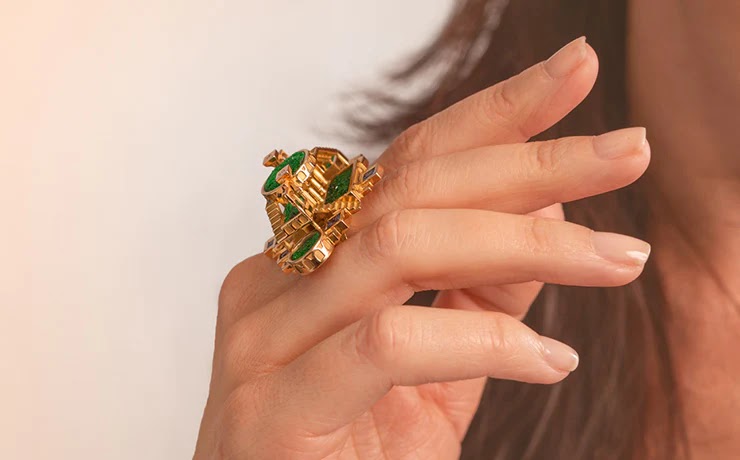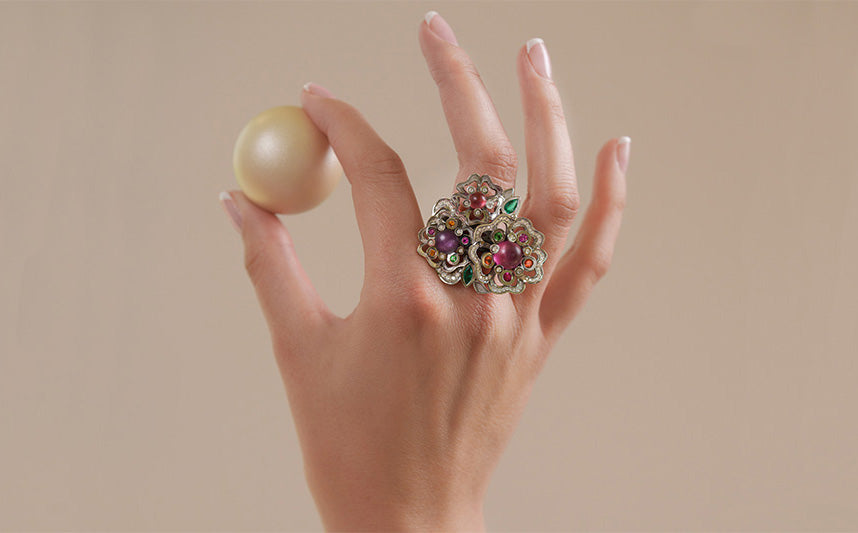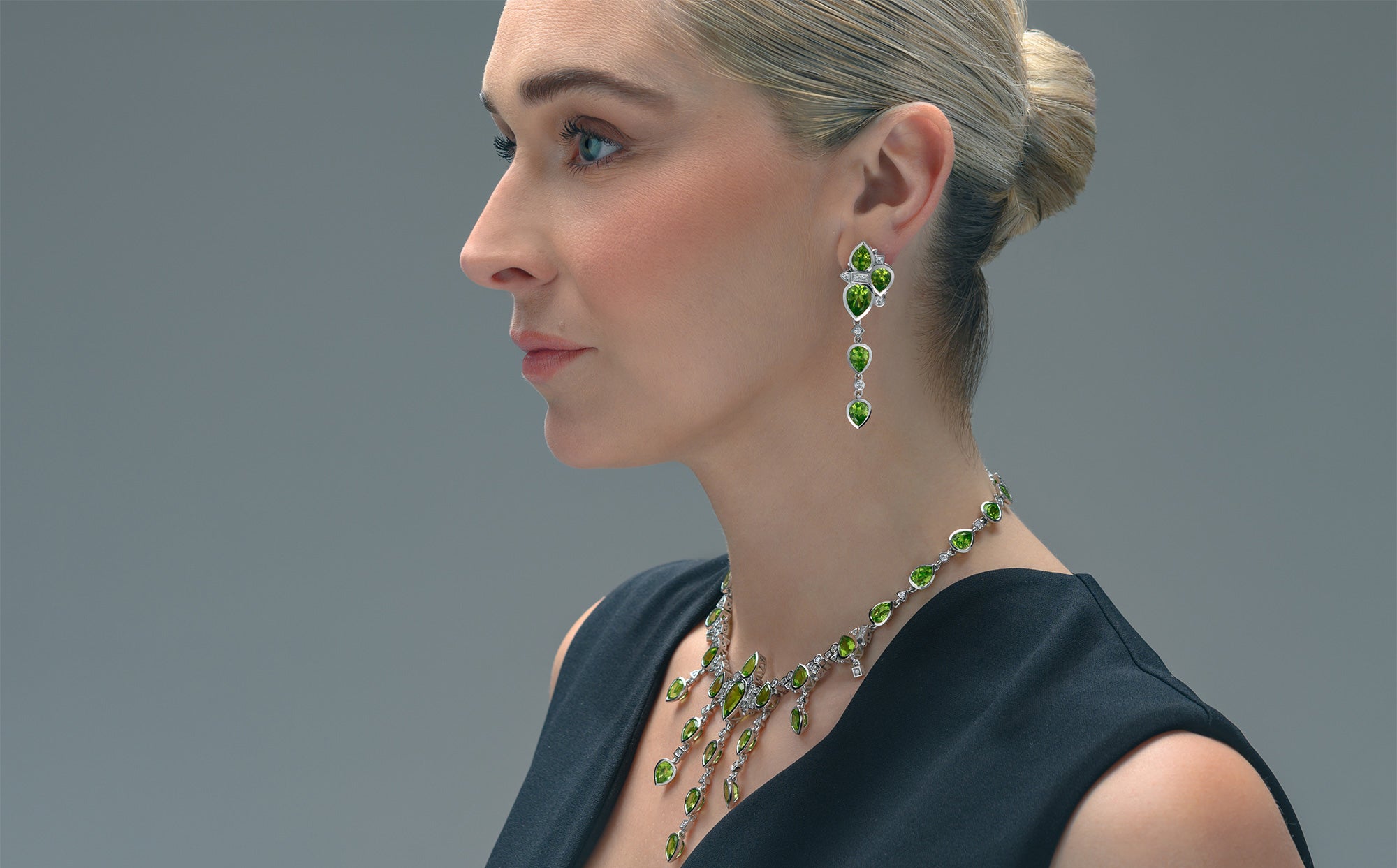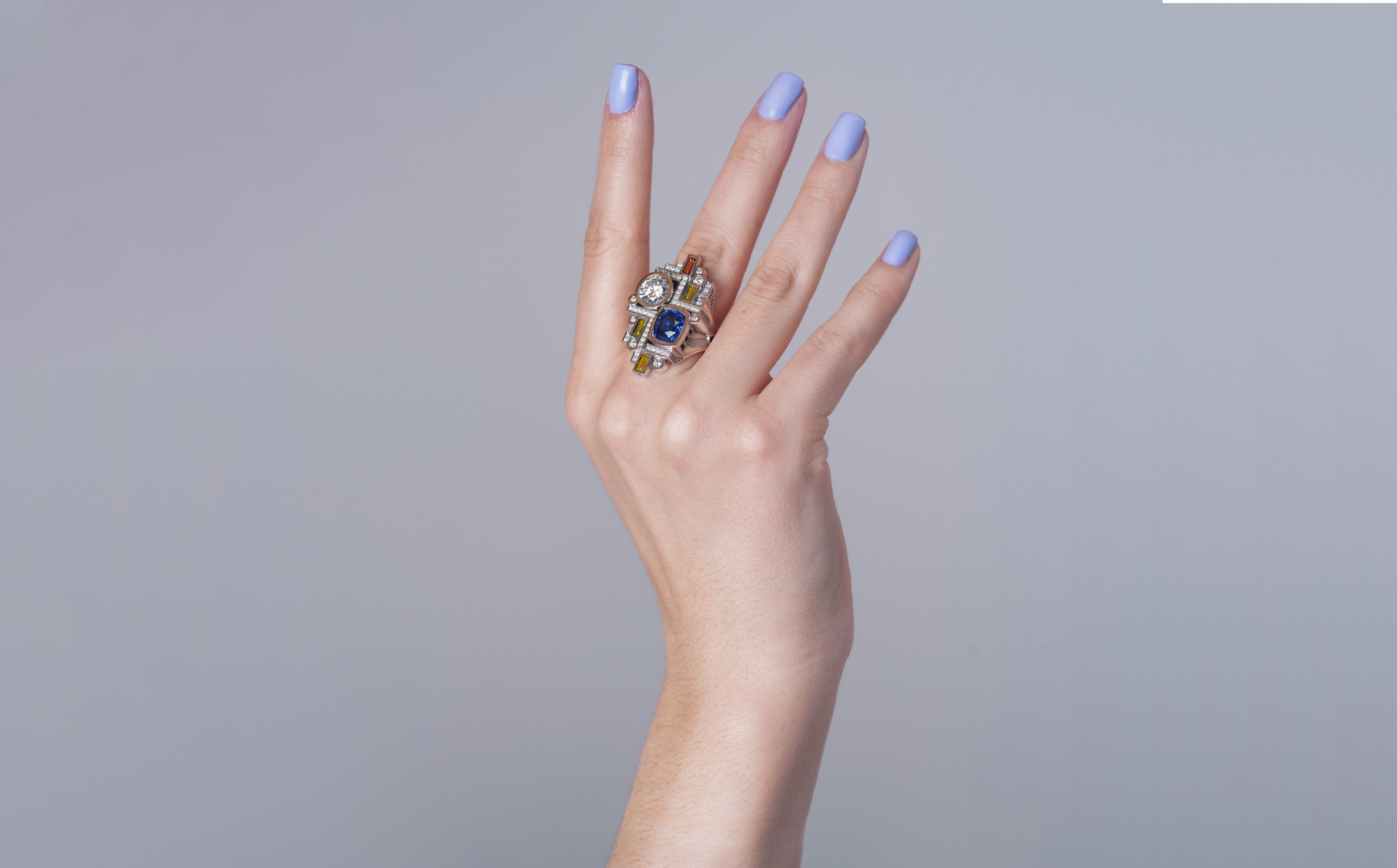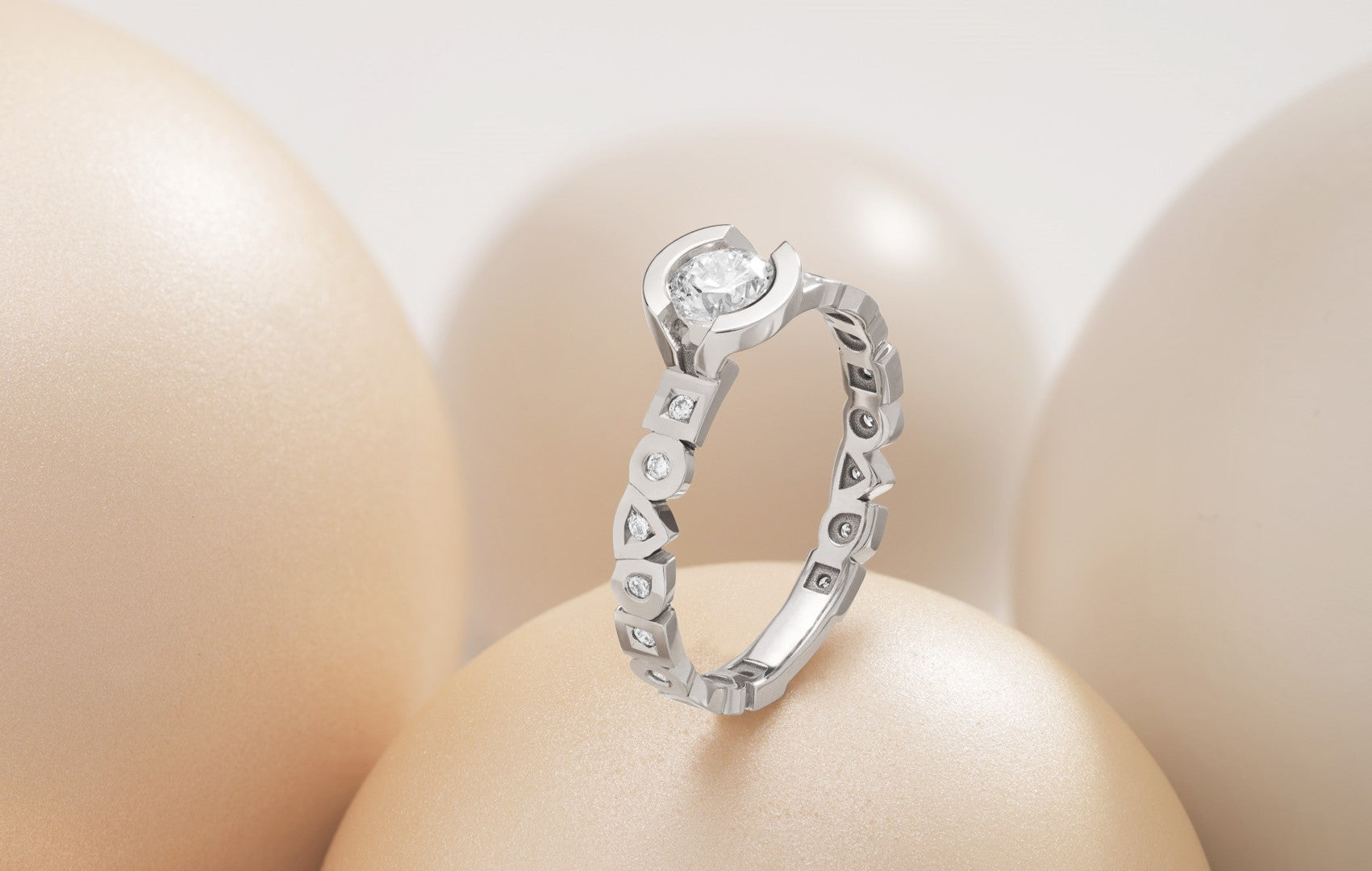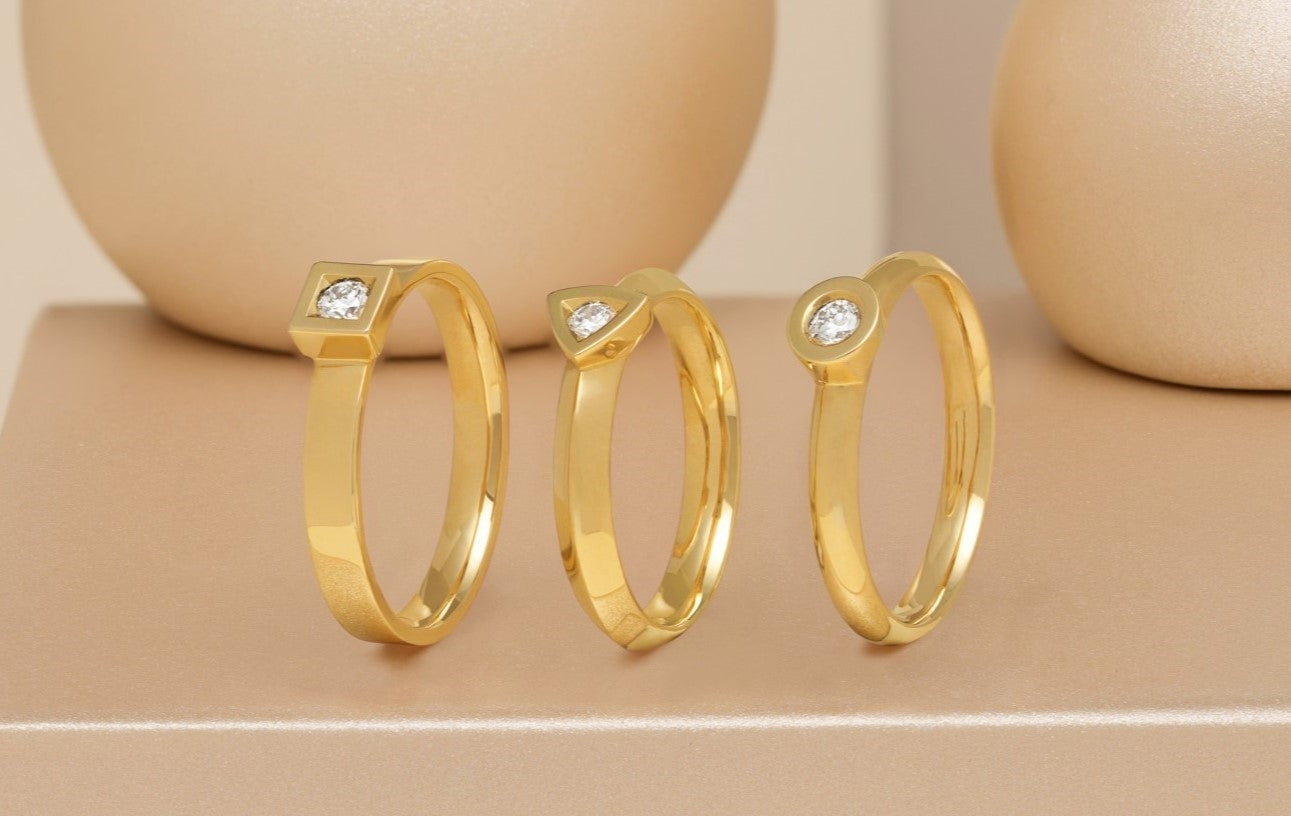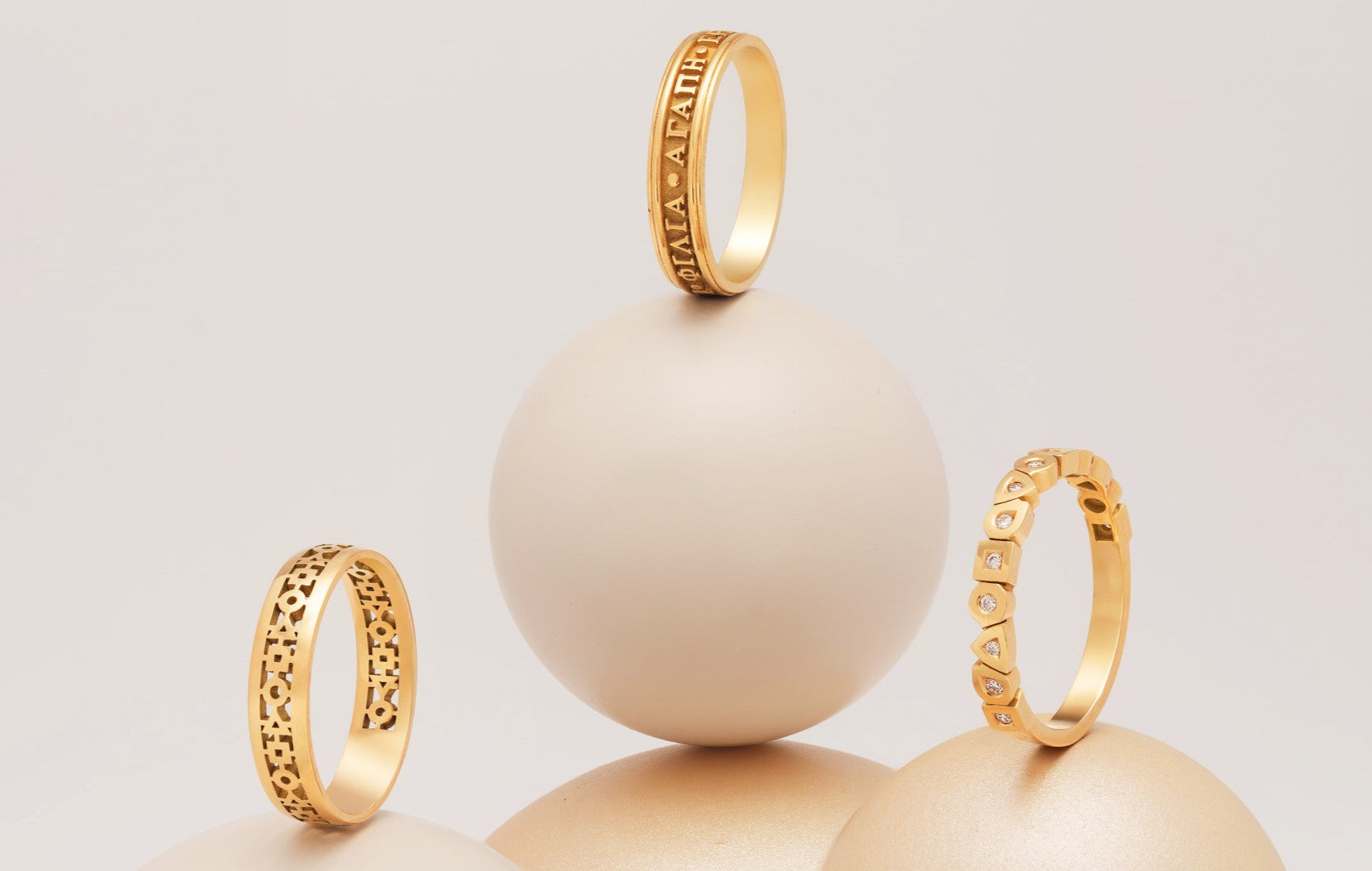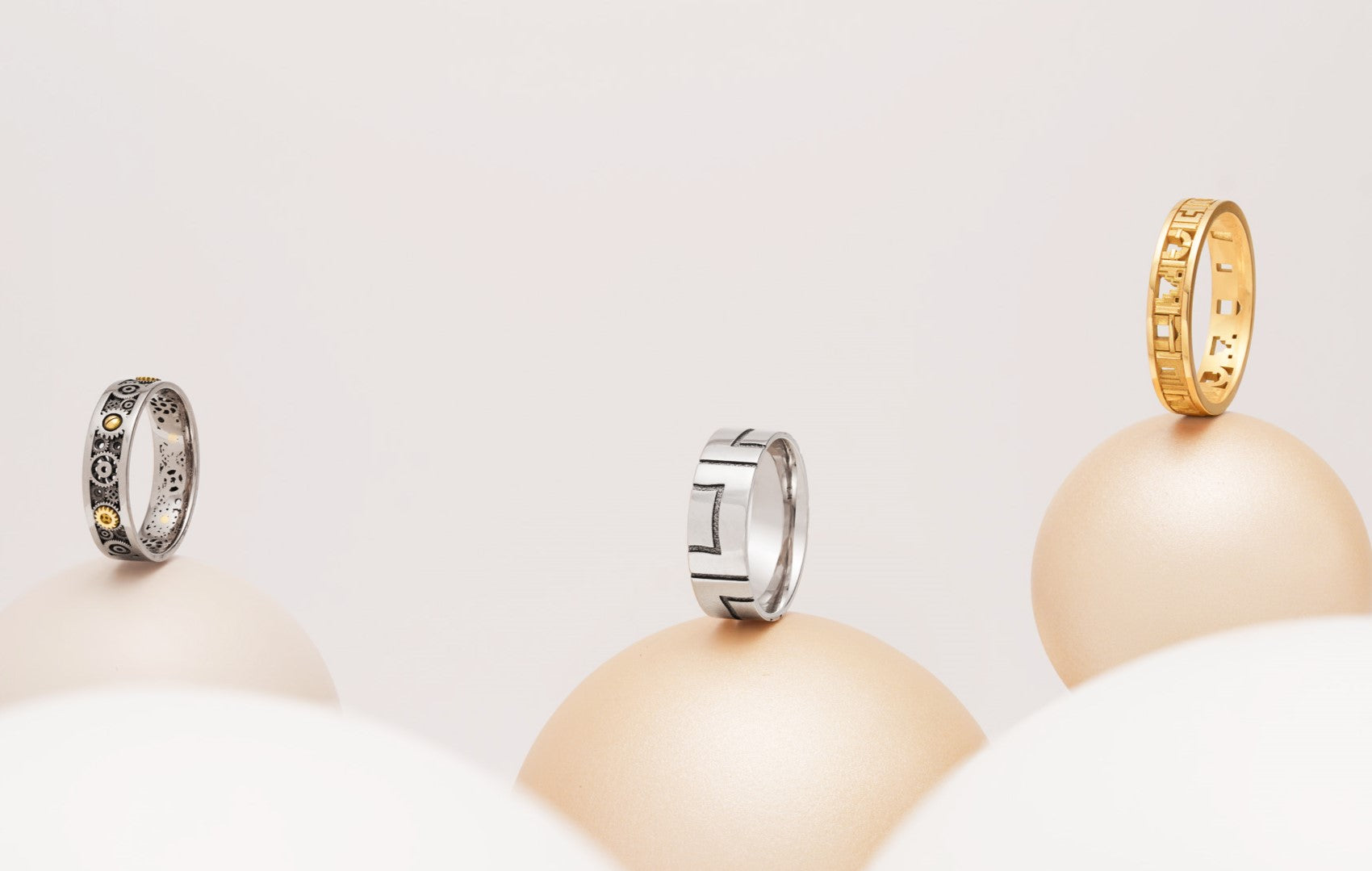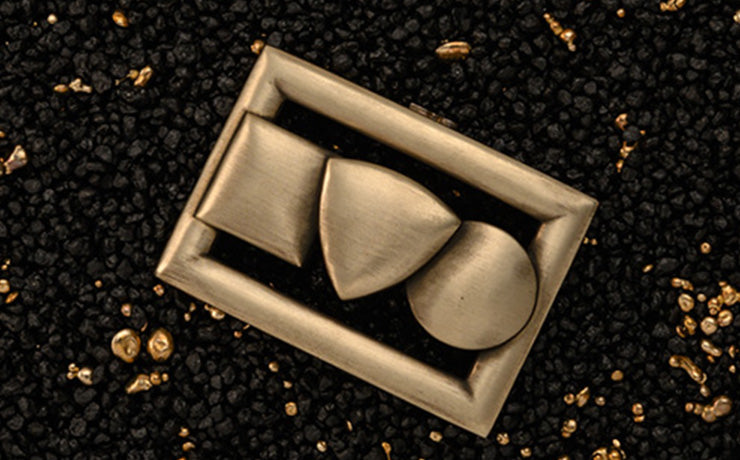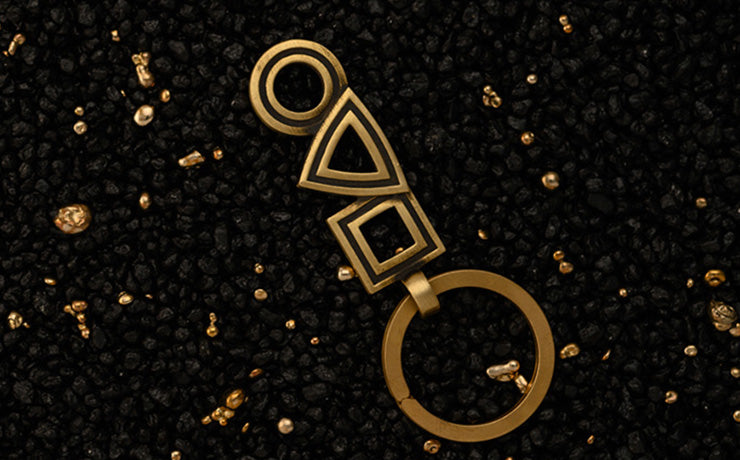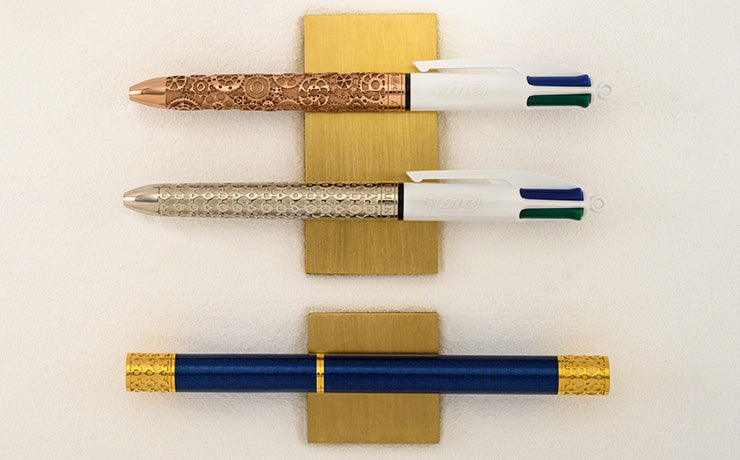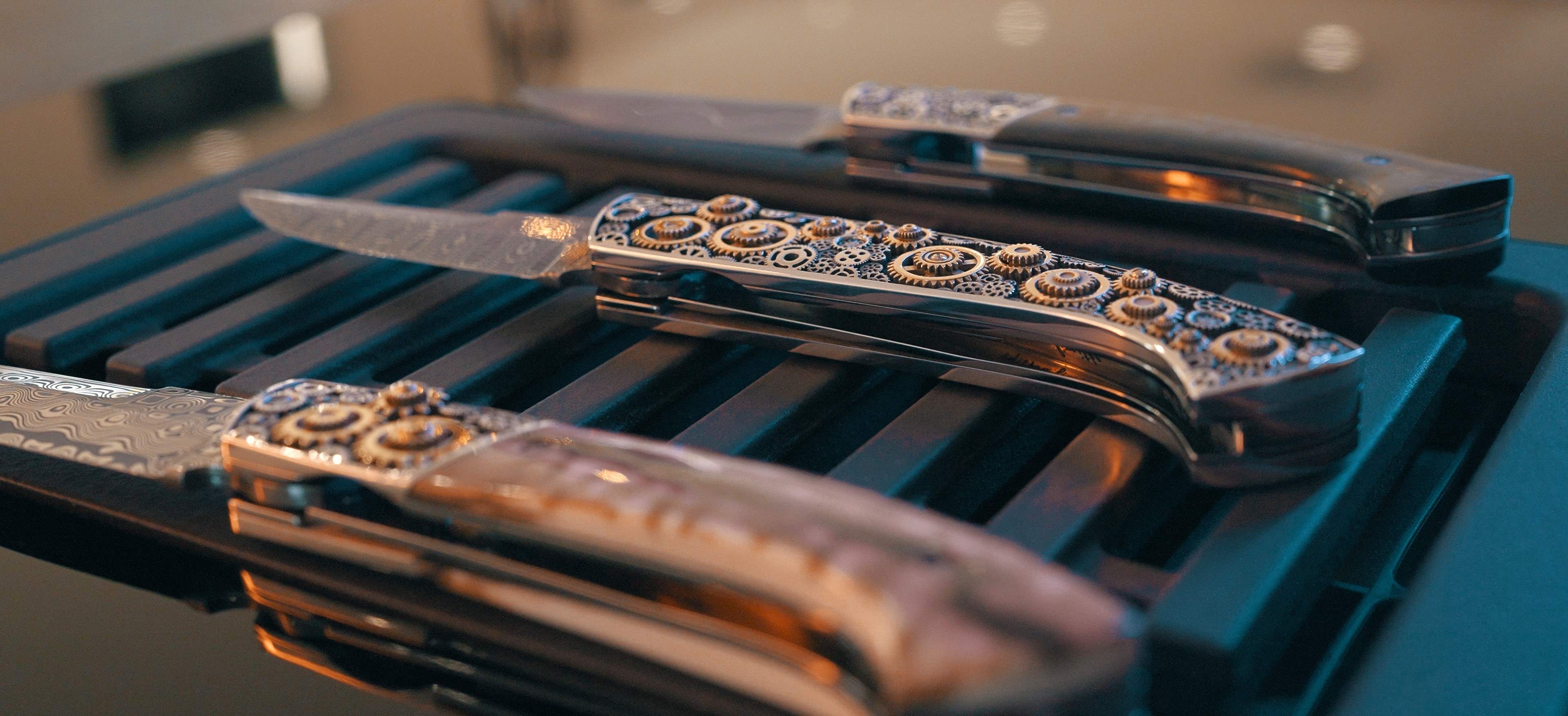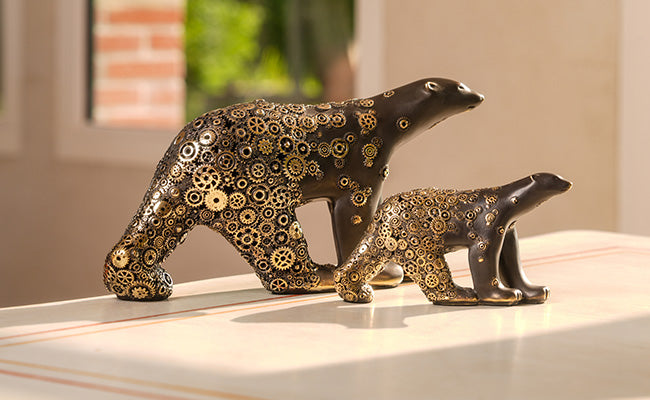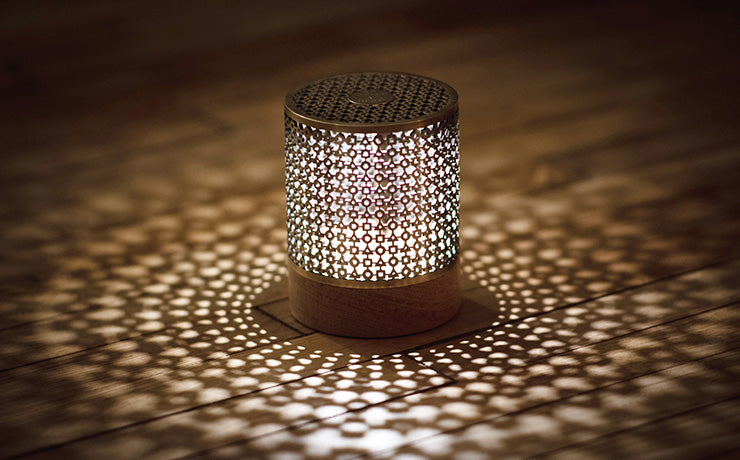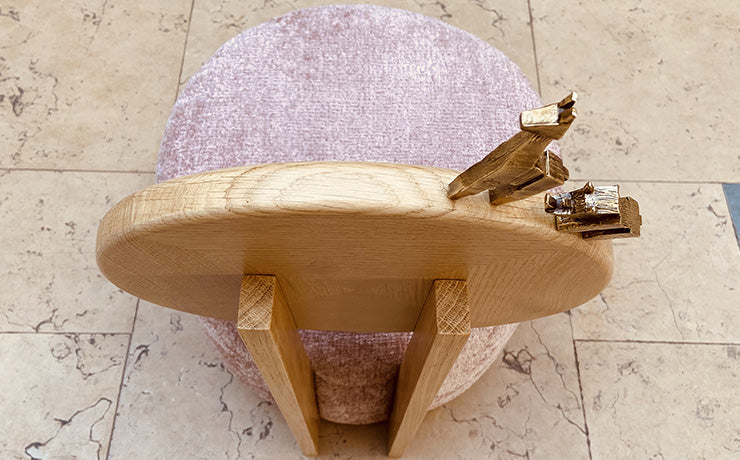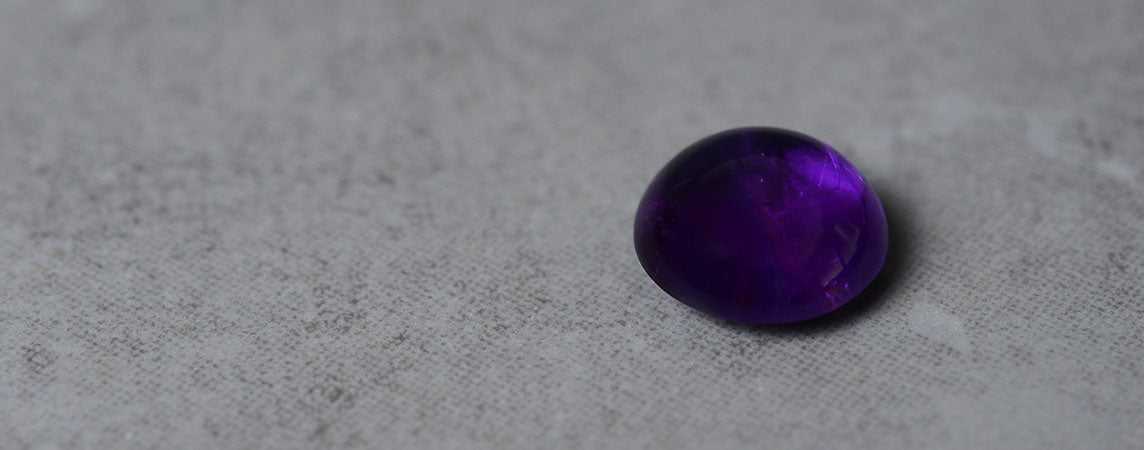
AMÉTHYSTE
Amethyst
Since the dawn of time, amethyst has been noticed by people the world over, and is one of the world's most widespread gems. Present everywhere, it is no less unique for its history and its color, which oscillates between purple, violet and violet-red.
De nombreuses légendes et pouvoirs lui sont attribués, ce qui renforce le côté magique de sa couleur si distinctive des autres gemmes. A la fois populaire et exceptionnelle, elle se place au rang des cailloux incontournables, dont la « pétillance » comme dit Philippe Tournaire, l’inspire pour sublimer certaines de ses bijoux.
Characteristics of a remarkable gem
Issue du groupe minéral du quartz qui regorge de variétés telles que la citrine ou encore le cristal de roche, l’améthyste constitue la pierre la plus prisée d’entre elles. Elle est un dioxyde de silicium et doit sa couleur à la présence du fer dans sa composition chimique. Comme tous les quartzs, sa dureté est de 7, juste derrière la topaze. La plupart des améthystes sur le marché ne montre pas d’inclusions visibles. Dans le cas contraire, elles sont généralement taillées en cabochons. En général, l’améthyste est taillée dans de gros cristaux souvent jumeaux, la concentration de sa couleur se situant bien généralement à l’extrémité du cristal.
Shades of amethyst color
Bien que la nature ait créé d’autres merveilles à dominante violet telles que le saphir ou encore la tanzanite, l’améthyste reste la pierre violette par excellence. En agissant sur les éléments chimiques qui composent sa structure cristalline, l’irradiation naturelle provoque des zones de concentration de couleur donnant à l’améthyste ce ton lavande plus ou moins prononcé qui la définit. En positionnant la table d’une améthyste facettée sur un papier blanc ou encore en l’immergeant sous l’eau dans un petit récipient, on peut mieux évaluer la répartition de sa couleur intense, de ses zones parfois incolores et ainsi mieux juger sa qualité.Moins les zones de concentration sont visibles, plus l’améthyste a des chances d’être considérée comme jolie car uniforme. Tout dépend ensuite de la profondeur de son violet : s’il s’avère trop sombre ou trop clair, cela joue en sa défaveur. Le juste milieu s’impose pour obtenir de l’améthyste que sa beauté nous éblouisse à sa juste valeur. « Pour qu’un caillou soit beau, il faut qu’il pétille, qu’il ait de la vie en lui » comme dirait l’artisan joaillier Philippe Tournaire. Comme lui, ceux qui apprécient cette gemme recherchent en elle un violet intense parfois légèrement teinté de rouge et surtout sans zone de concentration de couleur visible, susceptible de nuire à l’harmonie globale qui révèle son éclat.
Treatment and imitation of an essential stone
In order to improve its color and therefore its luster, amethyst is often heated: either to make it lighter, or to make it darker....Tout depends on its nature. In addition to heating treatments, amethyst enjoys undisputed success with all types of cultures, and was first synthesized in the 1950s. With perfect purple amethyst becoming rarer than ever before, manufacturers took inspiration from its natural beauty to create an increasingly convincing fake. It was easier to distinguish the fake from the real until the 1990s, because the stem crystals used to copy it were not large twin crystals as is the case with the natural state in general. From that time onwards, numerous laboratory tests became necessary to make the dissociation.
Amethyst, the universal stone
Ce joyau de la nature a beau être commun du fait de son abondance à travers le monde, il n’en reste pas moins extraordinaire quand on songe à son berceau, son histoire et ce qu’il est aujourd’hui. Jusqu’au XIXème siècle, une de ses principales sources était la Russie. La découverte de gisements en quantité au Brésil la rendit plus accessible. Les deux plus importantes sources étant le Paré et Rio Grande Do Sul. De nos jours, l’améthyste est l’une des pierres de couleurs les plus populaires et l’une des plus vendue en bijouterie.L’Afrique - et en particulier la Zambie - est considérée comme le continent fournissant de très belles améthystes. On en trouve également en Uruguay, Argentine, Arizona, Inde, Canada, Myanmar, au Mexique…Dans des centaines de pays, sur tous les continents…C’est dire combien l’améthyste est universelle ! Mais il n’est pas nécessaire d’aller si loin pour trouver de belles améthystes : en effet, la France constitue elle aussi une source ! Visiblement, la beauté est partout…
Amethyst, the legendary stone
Amethyst, attributed to the month of February, is one of the few beautiful stones to be at the origin of the most noticed and recognized stones. Having always adorned the finery of the world's great and good, many mystical stories are associated with it... First of all, its name: derived from the ancient Greek "amethystos", the verb "methyo" meaning "to be drunk", and its color similar to wine cut with water, which would grant it the power to preserve against drunkenness and homesickness.
Not to mention that violet symbolizes religion, royalty, seriousness and piety. In Tibet, it is considered the sacred gem of Buddha. Deeply rooted in the Christian religion, the purple of amethyst symbolizes the heavens and the blood of Christ, being a mixture of red and blue. Many representatives of the Church still wear amethysts on their fingers today. Legend has it that the god of wine, Bacchus, swore revenge for a poor mortal's inappropriate words to him. Then Amethyst appeared, a beautiful young girl eager to do good, who was transformed into a quartz statue by the goddess Diana, to protect her from the ill feelings of the angry Bacchus. Bacchus, realizing his poor judgment, shed tears of wine in remorse for the beautiful statue.
Les dites larmes teintèrent le quartz en violet, donnant ainsi naissance à la belle gemme que nous connaissons aujourd’hui sous le nom d’améthyste… Si ordinaire de par son abondance et pourtant si rare de par sa beauté…Cette gemme sait se faire convoiter ! Venez découvrir son éclat à travers les créations originales de Philippe Tournaire…L’améthyste est grâce à lui sublimée dans un village fortifié, sur un solitaire ionique ou encore dans une tour, et bien d’autres bijoux ! L’améthyste n’est peut-être pas un diamant, ni un saphir ou un rubis, mais elle a fait sa place parmi les grands et le mérite.
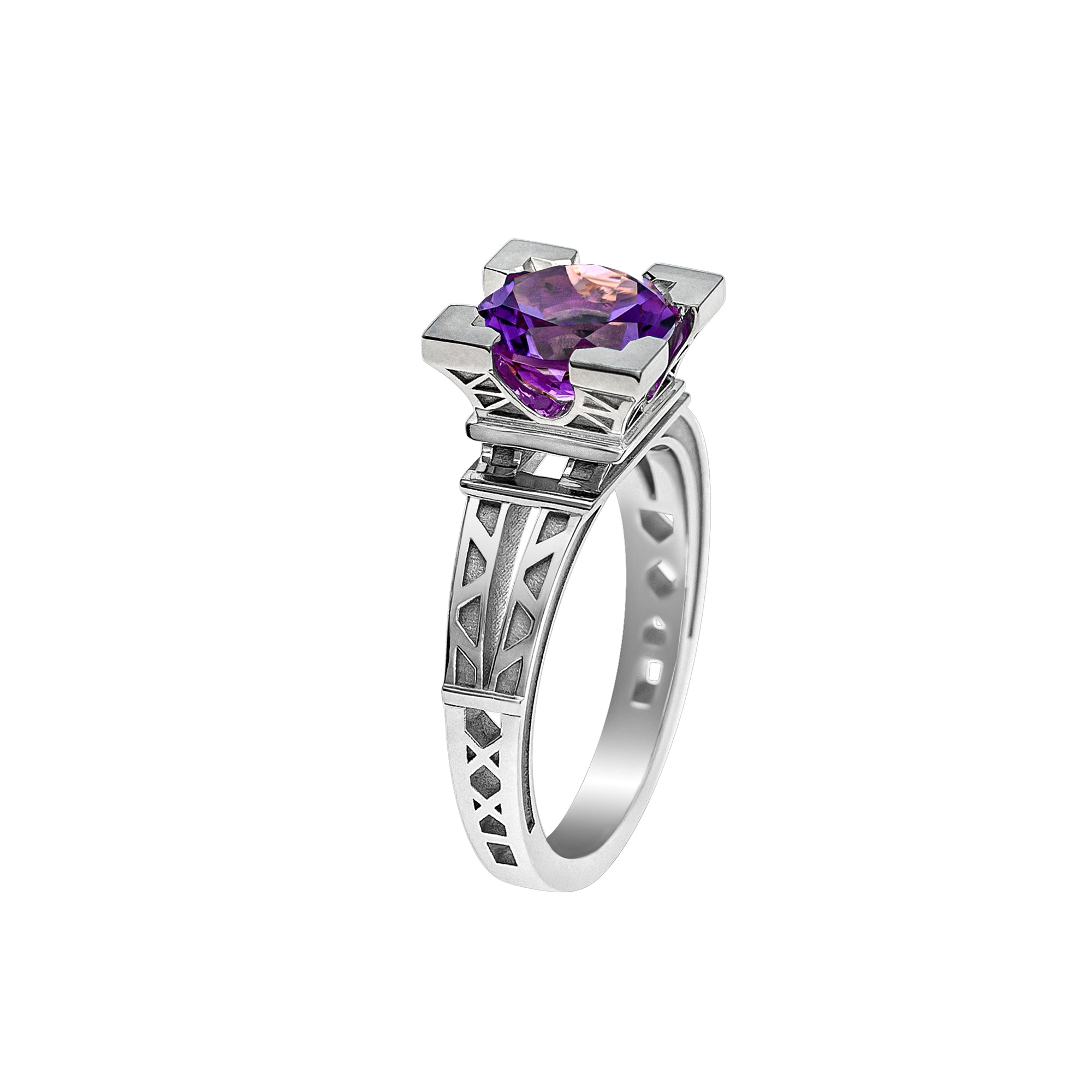
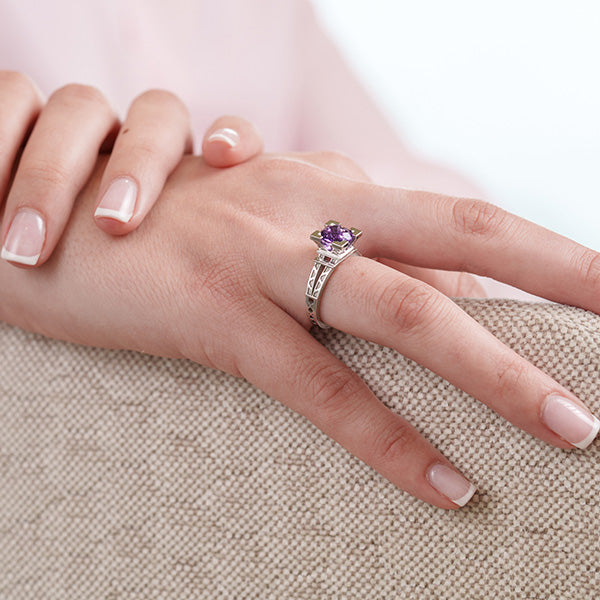
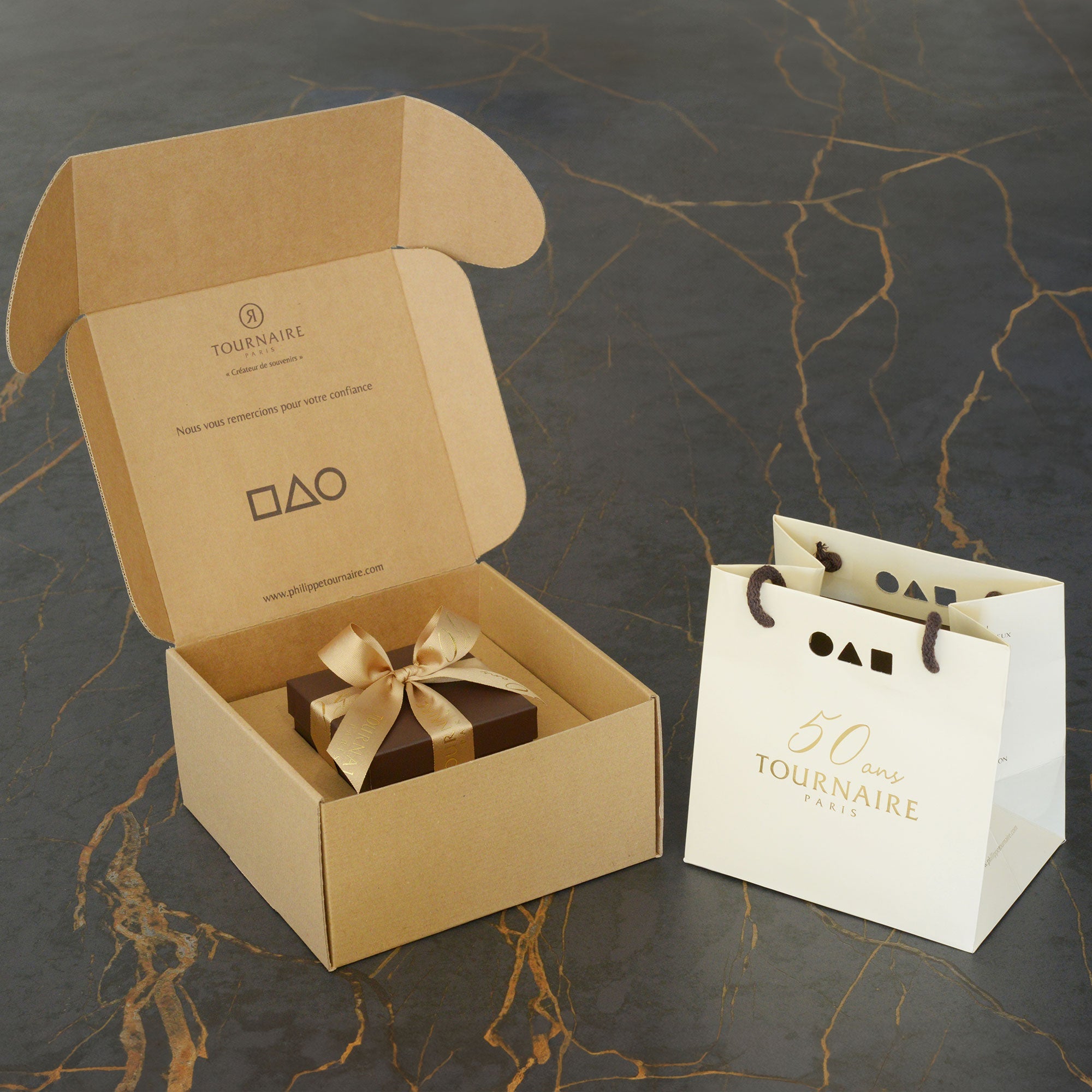
The guarantee of uncompromising craftsmanship
Our titles and labels




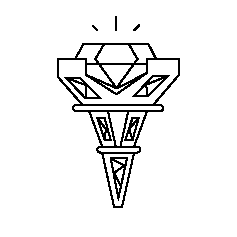
Made in France
Made in our workshop

100% secure payment
3x free of charge possible

Free delivery & returns
100% secure and free

Jewellery committed
Ethical and responsible jewelry

